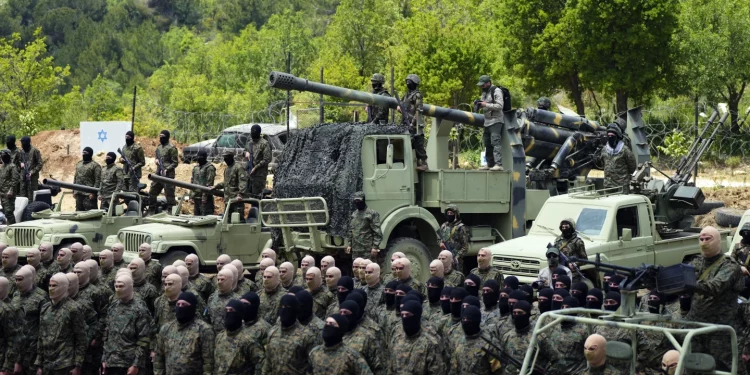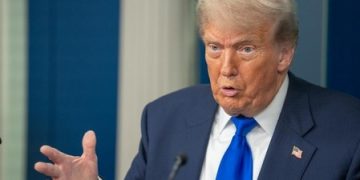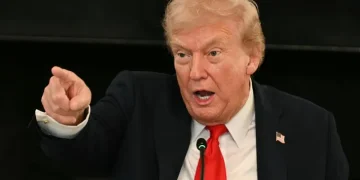Hezbollah launched new strikes into northern Israel Thursday, continuing its exchanges with Israeli forces, heightening fears of a larger conflict since their 2006 war.
This escalation follows explosions in Lebanon that killed 32 and injured over 3,000. Hezbollah signalled it would maintain near-daily attacks, showing support for Hamas in response to Israel’s 11-month Gaza campaign, following Hamas’ October 7 assault. Despite international pressure from the US and France to avoid all-out war, Israeli leaders have said they are determined to change the status quo dramatically.
Now, let’s decode Hezbollah.
Hezbollah’s origin and rise to power
- Hezbollah was founded in 1982 by Iran’s Revolutionary Guards during Lebanon’s 1975-1990 civil war.
- It was part of Iran’s strategy to export its 1979 Islamic Revolution and fight Israeli forces after they invaded Lebanon in 1982.
- Hezbollah, aligned with Tehran’s Shi’ite Islamist ideology, recruited Lebanese Shi’ite Muslims and grew from a shadowy faction to a powerful group with influence over the Lebanese state.
Hezbollah’s military strength
- Unlike other groups in Lebanon, Hezbollah retained its weapons after the civil war to continue fighting Israeli forces occupying southern Lebanon.
- Guerrilla warfare forced Israel to withdraw in 2000, and Hezbollah demonstrated its military advances in the 2006 war, firing thousands of rockets into Israel.
- Hezbollah now possesses precision rockets, drones, and claims to have 100,000 fighters.
- Iran provides weapons and hundreds of millions of dollars annually to the group.
Hezbollah’s role in the Israel-Hamas conflict
- Hezbollah maintains deep ties with Hamas, which controls Gaza, and Islamic Jihad, both backed by Iran.
- Hezbollah said it was in direct contact with the leadership of the Palestinian resistance, as Hamas launched its assault on Israel October 7.
- Since then, Hezbollah has exchanged cross-border fire with Israel several times, and for the first time, Islamic Jihad attacked Israel from Lebanon, including an October 10 infiltration.
Hezbollah’s influence across the Middle East
- Hezbollah’s military and political presence has inspired and supported other Iranian-backed groups in the region.
- It has trained armed groups in Iraq and participated in fighting there, and Saudi Arabia claims Hezbollah has fought alongside Iran-backed Houthis in Yemen, although Hezbollah denies this.
- Hezbollah has also played a significant role in Syria, aiding President Bashar al-Assad’s regime during the country’s civil war.
Hezbollah’s political and military control in Lebanon
- Hezbollah’s influence in Lebanon is strengthened by its sophisticated arsenal and support from many Lebanese Shi’ites, who view it as a defence against Israel.
- Hezbollah has ministers in government and lawmakers in parliament. It became more politically prominent in 2005 after Syria withdrew from Lebanon
- A UN-backed court convicted three Hezbollah members in absentia for the assassination of former Prime Minister Rafik al-Hariri. Hezbollah denies any involvement, calling the court a tool of its enemies.
Western accusations and perception of Hezbollah
- Western countries, including the U.S., designate Hezbollah as a terrorist organisation, along with U.S.-allied Gulf states like Saudi Arabia.
- The European Union classifies Hezbollah’s military wing as a terrorist group but not its political wing.
- The US blames Hezbollah for the 1983 suicide bombings that destroyed the US Marine barracks and the US embassy in Beirut, as well as a French barracks bombing the same year, killing 58 French soldiers.
- Hezbollah has also been blamed for attacks in Argentina, including the 1994 bombing of a Jewish community center that killed 85 people, and the 1992 Israeli embassy attack that killed 29. Both Hezbollah and Iran deny responsibility for these attacks.
PNN






































